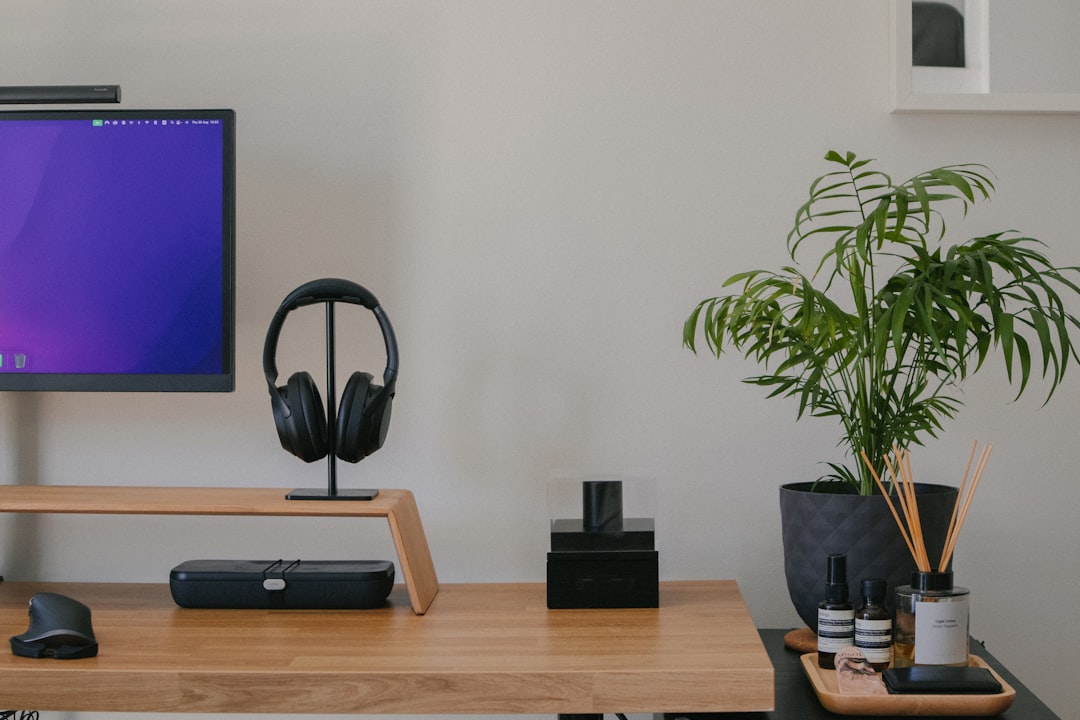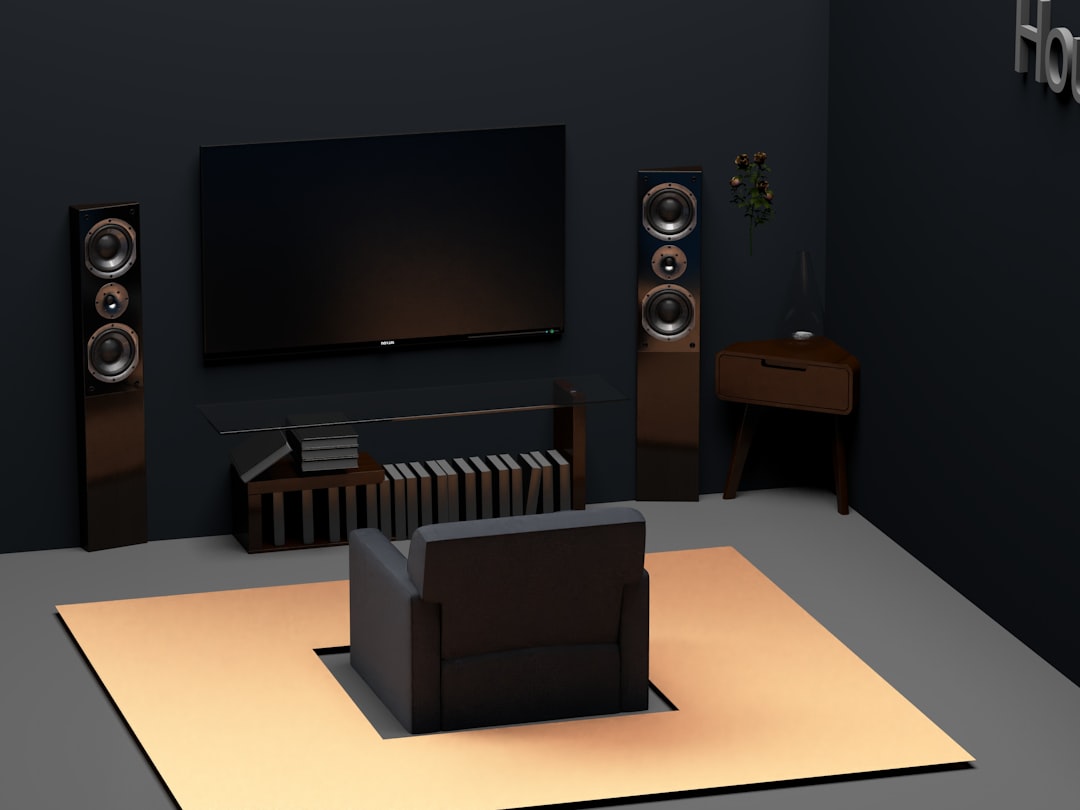The mid-sized soundbar category continues to be the go-to solution for renters, apartment dwellers, and homeowners who want better TV audio without a full home theater stack.
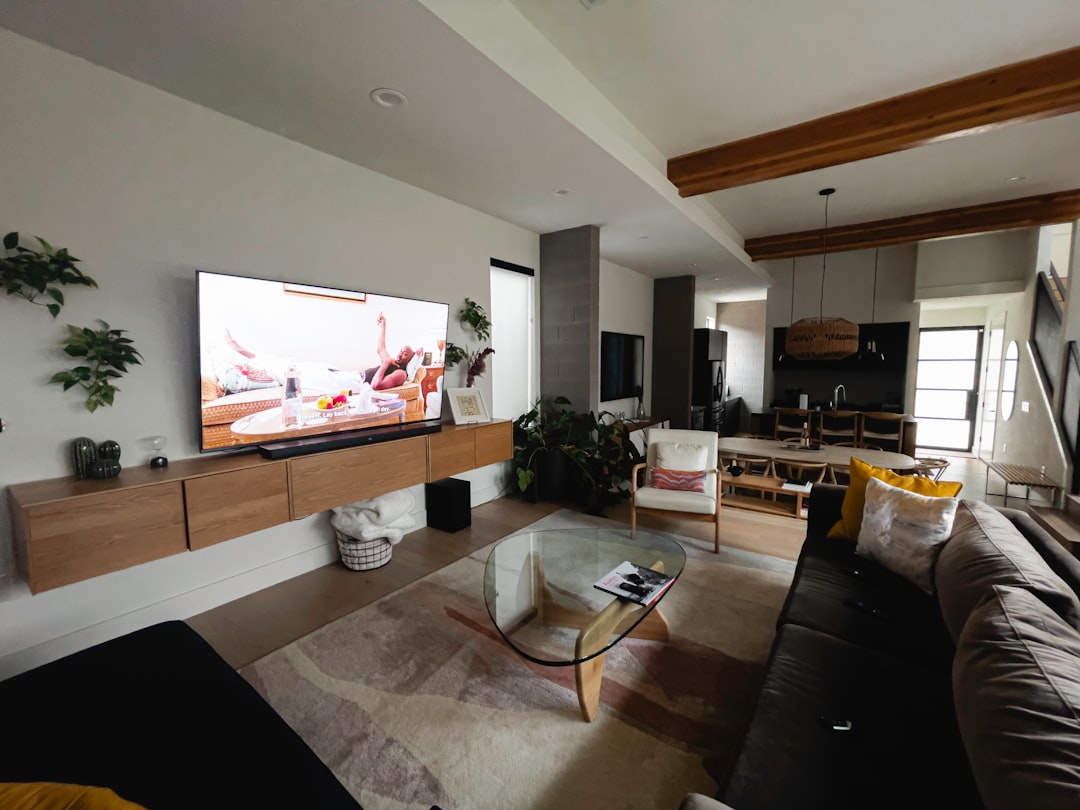
Photo by Allen Boguslavsky on Unsplash
Introduction
Choosing the right soundbar can transform a living room into a cinematic center without the complexity of a full AV receiver. In 2026, major brands such as Sony, Bose, Samsung, Sonos, JBL, and LG continue to push audio performance, immersive Atmos implementations, and smart features. This article reviews six standout systems—covering full-channel systems, slim designs, and value-focused surround sets—to help readers match tech, room size, and listening priorities. Each entry summarizes core strengths, trade-offs, connectivity options, and practical tips for placement and usage.
Overview: What matters when choosing a soundbar
Room size, content type, and desired immersion level are the primary factors guiding a purchase decision. Systems that include upfiring drivers or detachable rears excel at Atmos height effects, while multi-driver single bars prioritize simplicity and elegant integration. Connectivity matters for next-gen consoles and streaming: HDMI eARC preserves high-bandwidth formats, while Wi‑Fi, AirPlay 2, and Chromecast enable multiroom and wireless music. Finally, bass expectations determine whether a built-in subwoofer suffices or whether adding a dedicated sub is necessary for deep, visceral low frequencies.
Number 6 — LG S95TR Soundbar
The LG S95TR is a full-featured 9.1.5-channel package that emphasizes immersive Atmos performance with multiple upfiring drivers and wireless rear speakers. Its center upfiring channel improves overhead localization, making environmental cues and overhead effects feel more realistic. Dialogue remains clear across busy mixes and action scenes, while the subwoofer provides punch without overwhelming the mids and highs when placed and tuned correctly. LG's AI Room Calibration Pro optimizes output to room geometry and layout, helping the system achieve a balanced, dynamic presentation across different seating positions.

There are practical considerations: the wireless rear modules can sound quieter in some room setups, and subwoofer placement affects bass smoothness and boominess. Certain enhancement modes, such as AI Sound Pro or Upmixing, can overprocess some content and reduce natural timbres, so experimentation with modes is recommended. Connectivity includes HDMI eARC, Wi‑Fi, and Bluetooth, and the soundbar supports low-latency modes suited to modern gaming consoles. Overall, this system suits listeners who want a high-end, all-in-one Atmos experience with a stylish design that complements contemporary interiors.
Number 5 — JBL Bar 1300
The JBL Bar 1300 targets listeners seeking true multi-channel surround performance without a separate AVR. Its 11.1.4 configuration blends an expansive main bar with detachable wireless rear speakers and a powerful wireless subwoofer, delivering convincing height and rear cues. The detachable rears reduce wiring clutter while preserving spatial separation, and Dolby Atmos plus DTS:X support provide immersive height effects across compatible content. The bar keeps mids and treble clean even at louder volumes, while the sub adds satisfying rumble for explosions and low-frequency impacts.
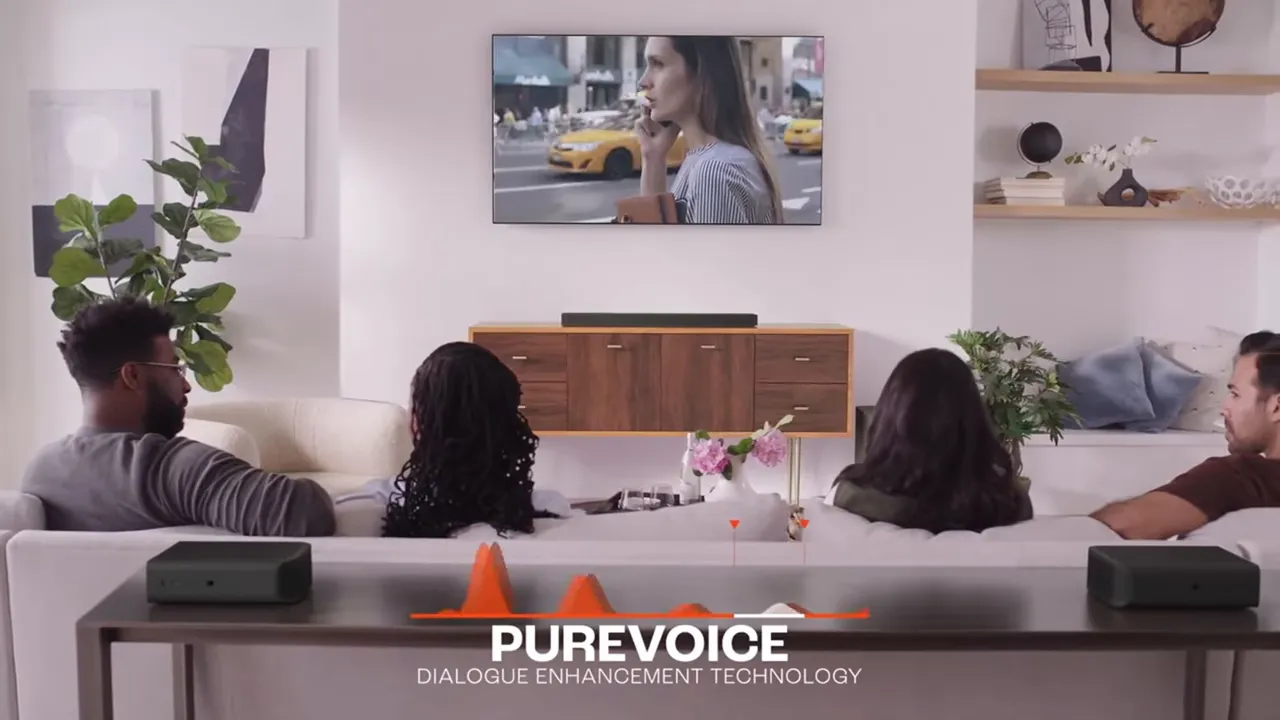
Trade-offs include the need to recharge battery-powered rear satellites periodically and the premium price point associated with its size and driver count. Deep sub-30 Hz extension may still require a larger dedicated subwoofer for listeners who prioritize the lowest octaves. Upscaling or virtual-expansion modes occasionally introduce slight processing artifacts or make vocals sound less natural on certain tracks. For users who want a near-complete home theater in a simplified package, the JBL Bar 1300 balances cinematic impact with everyday usability.
Number 4 — Samsung HW S800B
The Samsung HW S800B demonstrates that a slim form factor can still produce an impressive soundstage. Built as a 3.1.2 configuration with a center channel and upfiring drivers, it leverages Samsung's Q-Symphony to work in tandem with compatible Samsung TVs for a wider stereo field. Adaptive sound modes tailor output for movies, sports, and music, while built-in voice assistants, AirPlay 2, and wireless streaming add convenient hands-free control and multi-source access. Dialogue clarity is a highlight, and the compact bar can reach substantial volume levels before noticeable distortion.
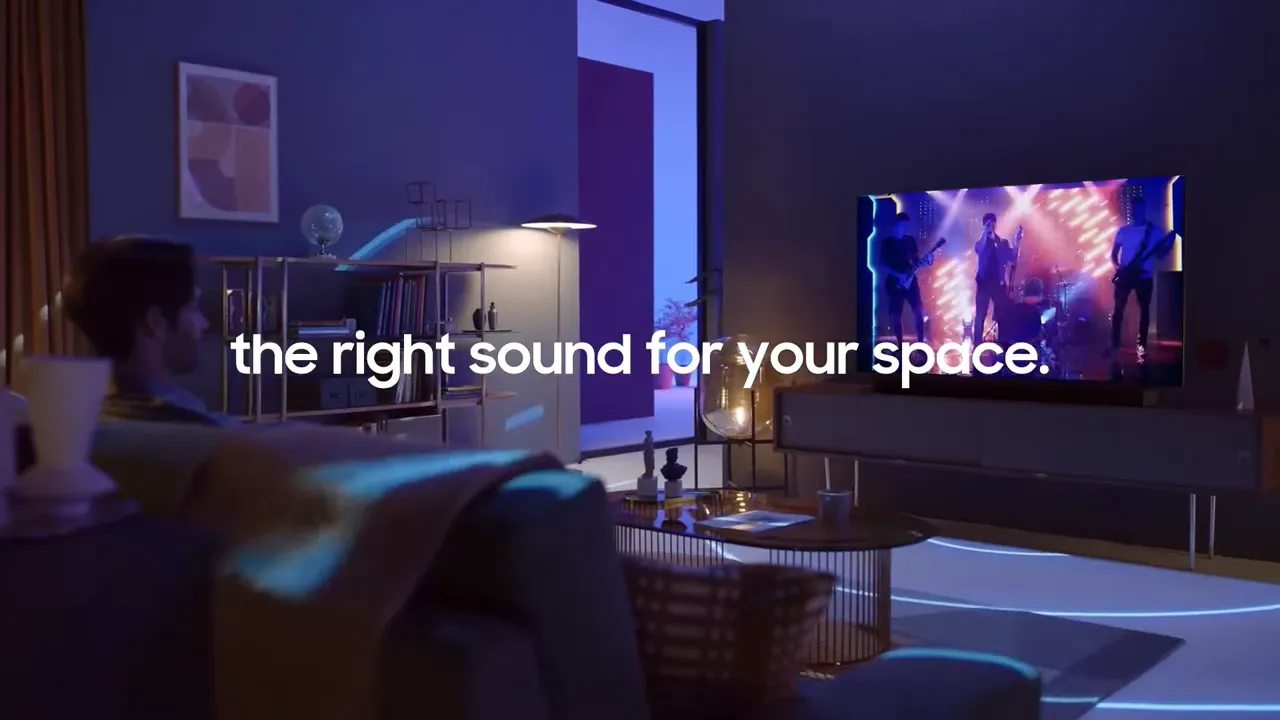
Because of its slim design, some variants use HDMI ARC rather than full eARC, limiting passthrough for lossless Atmos tracks on certain setups. The wireless subwoofer offers useful bass reinforcement but lacks the deep rumble that larger dedicated subs provide; placement of the subwoofer is important to avoid uneven low-end response. In very large rooms or for listeners seeking maximum low-frequency impact, a more powerful sub or larger system may be preferable. The HW S800B is ideal for mid-size living rooms and users who prioritize sleek aesthetics with meaningful height effects and user-friendly smart features.
Number 3 — Bose Smart Ultra
The Bose Smart Ultra blends premium materials with an emphasis on dialogue clarity and refined tuning. Its 5.1.2 channel layout includes upfiring drivers for height effects, a robust center for intelligible speech, and wide side drivers to broaden the soundstage. The unit pairs HDMI eARC with Wi‑Fi, Bluetooth, AirPlay 2, and Chromecast, making it versatile for streaming and multi-device households. ADAPTQ room calibration and AI Dialogue modes help tailor the output to room acoustics and make voices cut through in busy mixes without forcing a harsh presentation.
Sonically, the Smart Ultra produces clear highs and detailed mids that make vocals and instruments sound crisp, and its height effects are more convincing than earlier slim bars. Bass is punchy but not a substitute for a large dedicated sub in scenes that demand extreme low-frequency energy, so complementing the bar may be desirable for home theater enthusiasts. Some bright content or high-volume listening can reveal upper-frequency sharpness, which can be managed via EQ adjustments. As a refined, future-ready single-piece Atmos solution, this Bose model is best for listeners seeking style, smart integration, and strong overall balance.
Number 2 — Sony HT-S40R
The Sony HT-S40R focuses on straightforward surround immersion at a value-oriented price point with a true 5.1-channel layout. The package includes a front three-channel bar, wired subwoofer, and rear satellite speakers driven by a wireless signal amp, delivering around 600 W of claimed power for impactful volume. A dedicated center channel helps keep dialogue intelligible, and preset sound modes like Voice and Cinema assist in lifting vocals above effects when needed. Connectivity covers HDMI ARC, optical input, Bluetooth, and USB, making it easy to connect consoles, streaming adapters, or older sources.
Unlike many modern bars, the HT-S40R does not provide height or Atmos effects, so sound placement is entirely horizontal and focused on traditional surround staging. Rear satellites tend to emphasize ambient information more than precise imaging and may not match the front in detail, but they still contribute strong immersive cues for movies and TV. For buyers who prioritize direct value and a classic surround configuration without the complexity of an AV receiver, Sony's system offers solid volume and punch. This model suits rooms where horizontal surround immersion is the key priority rather than overhead Atmos presentation.
Number 1 — Sonos Arc Ultra
The Sonos Arc Ultra represents a top-tier single-bar approach to Atmos with a sophisticated driver array and refined room calibration. Fourteen drivers—including front, side, and upfiring units—plus a dedicated motion woofer create an expansive soundstage that brings overhead cues and spatial detail to the foreground. Dialogue clarity benefits from a strong center channel and the platform's TruePlay calibration tools, which adapt output to the room's acoustic signature for improved imaging. Wireless connectivity options such as Wi‑Fi, AirPlay, and Sonos ecosystem features provide flexible multiroom possibilities and seamless streaming.
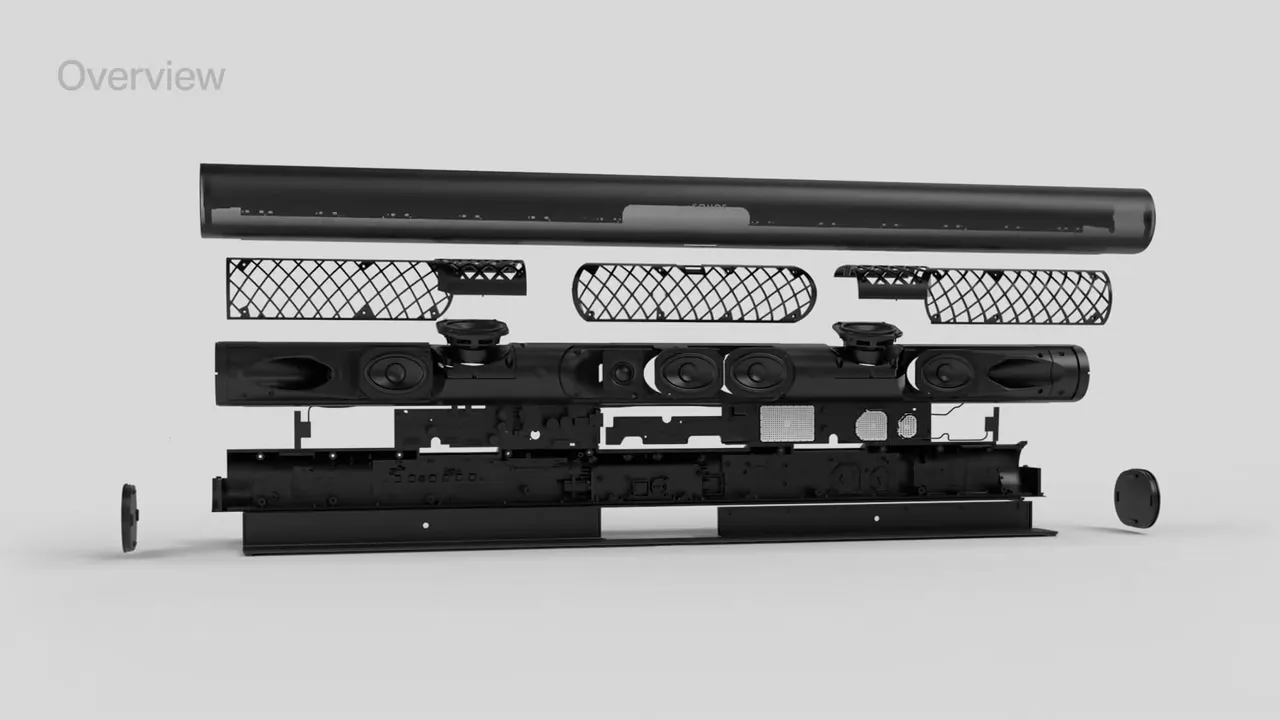
There are practical limitations to consider: the Arc Ultra generally offers a single HDMI eARC port without passthrough, which means multiple devices must be routed through the TV or an external switch. Native DTS:X decoding is not supported, so content in that format will be downmixed rather than decoded directly by the bar. While bass is tighter and stronger than previous Sonos bars, listeners seeking the deepest sub-bass should consider adding a dedicated Sonos Sub or similar subwoofer for maximal low-frequency impact. Overall, the Arc Ultra excels as a refined, immersive single-unit Atmos option for those who value integration, clarity, and room-aware tuning.
How these brands compare at a glance
Each brand targets a slightly different priority: Sonos and Bose focus on refined presentation and integrated smart ecosystems; LG and JBL emphasize full-channel, immersive Atmos systems with extensive driver counts; Samsung balances slim design with meaningful height effects and TV integration; Sony provides value through classic surround layouts. HDMI eARC support, wireless features, and room calibration capabilities are increasingly standard across higher-end models, making interoperability and streaming easier than ever. Buyers should weigh whether overhead Atmos cues, deep sub-bass, or convenient simplicity matter most to their lifestyle and home layout. For rooms where décor and integration are a selling point, slim bars with good calibration will be preferable; for dedicated home theaters, multi-driver or expandable systems deliver the most immersion.
Practical tips for placement and setup
Proper placement improves perceived performance more than incremental hardware upgrades. For systems with wireless subwoofers, experiment with corner and midpoint placements to avoid boomy resonances and to find smooth bass response across seating areas. Upfiring drivers require unobstructed vertical reflection paths to the ceiling; low-profile TV stands or wall-mounting the bar at ear height can optimize height effects. When using detachable or wireless rear speakers, ensure line-of-sight or minimal obstruction for consistent levels and plan for battery charging if rechargable satellites are included. Finally, rely on room-calibration tools and manual EQ tweaks to tame brightness or looseness in the bass as needed for individual rooms and content types.
Conclusion
Soundbar options in 2026 span an array of priorities: immersive Atmos fidelity, slim integration, classic surround value, and smart ecosystem features. Sonos Arc Ultra and Bose Smart Ultra prioritize refined tuning and integration; LG and JBL deliver expansive multi-driver systems with substantial height and rear effects; Samsung balances a sleek footprint with useful smart features; Sony offers straightforward surround value for traditionalists. Matching the system to room size, content habits, and bass expectations will yield the best long-term satisfaction. For readers planning purchases, comparing HDMI capabilities, room-calibration features, and whether a dedicated subwoofer is required will narrow choices to the soundbar that best complements both lifestyle and space.







